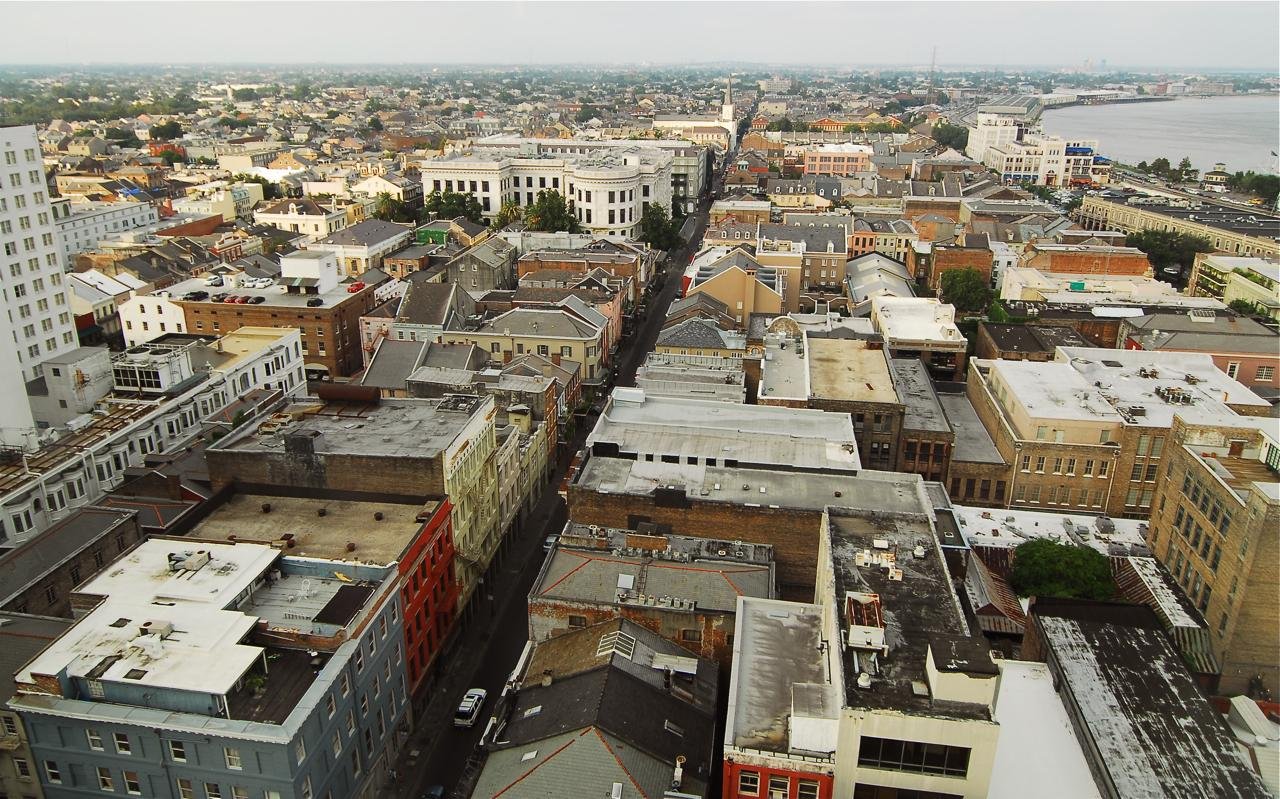New Orleans, a city steeped in rich heritage and vibrant culture, beckons travelers with its enchanting blend of history, architecture, and tradition. Known as teh birthplace of jazz and home to a mosaic of influences from French, Spanish, African, and Haitian cultures, New Orleans offers a unique tapestry of experiences that reflect its storied past.The historic streets of the French Quarter pulse with life, while the grandiose mansions of the Garden District whisper tales of a bygone era. As you wander through this remarkable city, each corner reveals a new chapter, inviting you to delve deeper into its complex narrative. From the solemn beauty of St. Louis Cathedral to the haunting echoes of the Voodoo Museum, every landmark holds a piece of the city’s soul. This article will guide you through some of the most significant historical places in New Orleans, ensuring that your journey is not only memorable but also an insightful exploration of the cultural legacy that continues to shape this beloved city.
Stroll through the French Quarter – A Glimpse into New Orleans Colonial Past
As you wander through the vibrant streets of the French Quarter, you’ll find yourself enveloped in a rich tapestry of history that whispers tales of days gone by. This historic district, known for its European influence, features stunning architecture that showcases the city’s colonial past. The Spanish and French colonial buildings boast ornate balconies adorned with lush greenery, inviting you to pause and admire the craftsmanship that has stood the test of time. Key highlights include:
- Jackson Square: A lively hub that captures the heart of New Orleans, featuring the iconic st. Louis Cathedral, which dates back to the 18th century.
- Bourbon Street: Renowned for its vibrant nightlife and rich history,it’s the perfect place to experience the heritage of jazz music.
- Royal Street: A picturesque avenue lined with art galleries, antique shops, and performers, reflecting the cultural convergence of the French, Spanish, and creole influences.
Among the hidden gems, you’ll discover the Cabildo, were the transfer of Louisiana from Spain to the United States took place—a poignant reminder of the region’s tumultuous history. To really immerse yourself in the colonial narrative,consider joining a guided walking tour,which often includes stops at significant landmarks and stories that reveal the spirit of the era. Each step resonated with echoes of diverse cultural legacies, showcasing how the past continues to influence the present in this dynamic city. Don’t forget to keep your camera handy; every corner offers a perfect portrait of life in New Orleans. With the vibrant energy of the Quarter, it’s easy to see why it remains a beloved destination featured on Gezify for travelers seeking a deeper understanding of american history.
.historic-places-table {
width: 100%;
border-collapse: collapse;
margin: 20px 0;
}
.historic-places-table td, .historic-places-table th {
border: 1px solid #ddd;
padding: 8px;
text-align: left;
}
.historic-places-table th {
background-color: #f2f2f2;
}
| Place | Historical Meaning |
|---|---|
| Jackson Square | Site of many significant events in New Orleans history; home to the St. Louis Cathedral. |
| The Cabildo | Where the transfer of Louisiana took place; a museum showcasing the city’s history. |
| French Market | Established in 1791, it’s one of the oldest public markets in the U.S., offering a glimpse into trade history. |
As you explore the vibrant streets of New Orleans, remember that each historic site tells a story of resilience, culture, and community. From the majestic architecture of the French Quarter to the solemnity of the historic cemeteries, these places offer a glimpse into the city’s rich heritage. Embrace the narratives that linger in the air and allow them to deepen your connection to this unique city. by visiting these historical sites, you not only honor the past but also celebrate the enduring spirit of New Orleans. Happy exploring!
